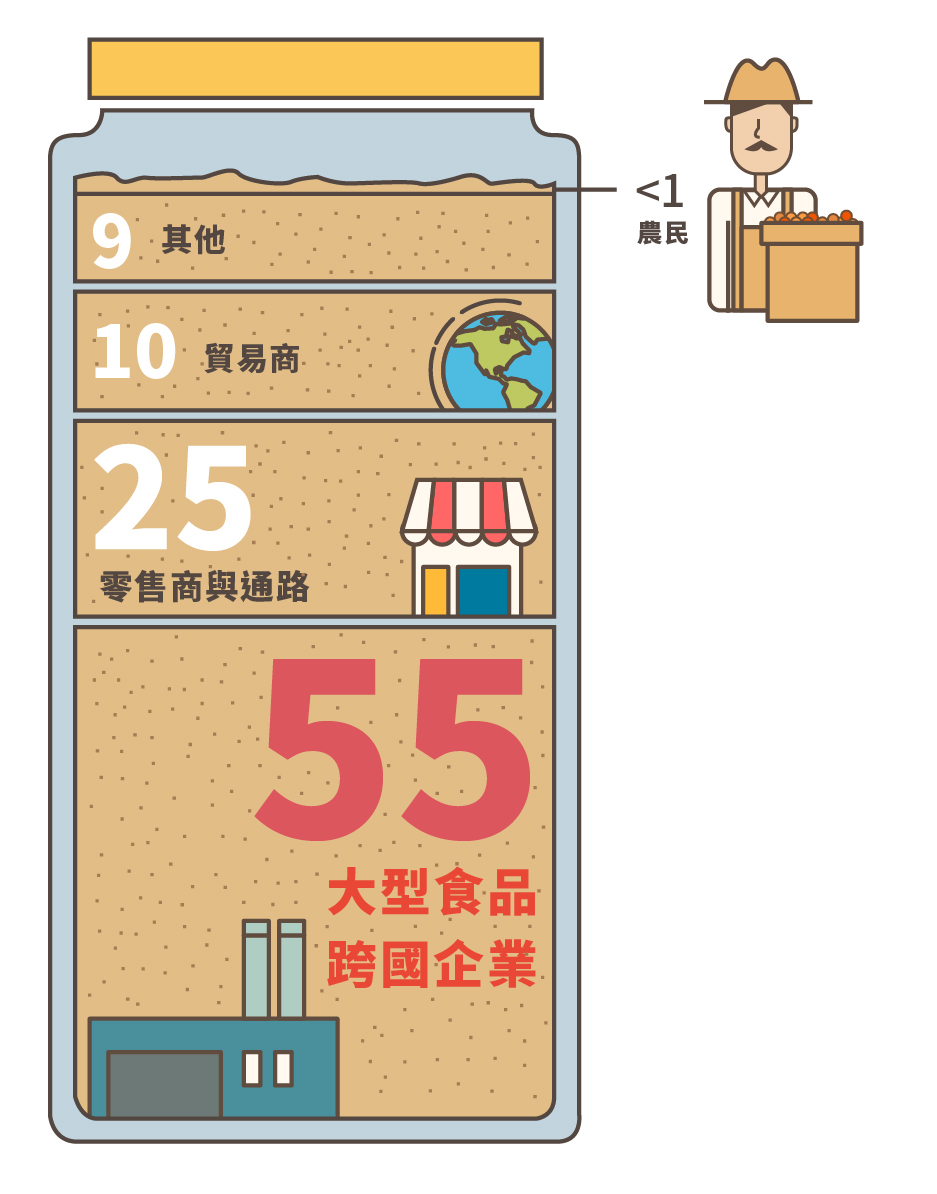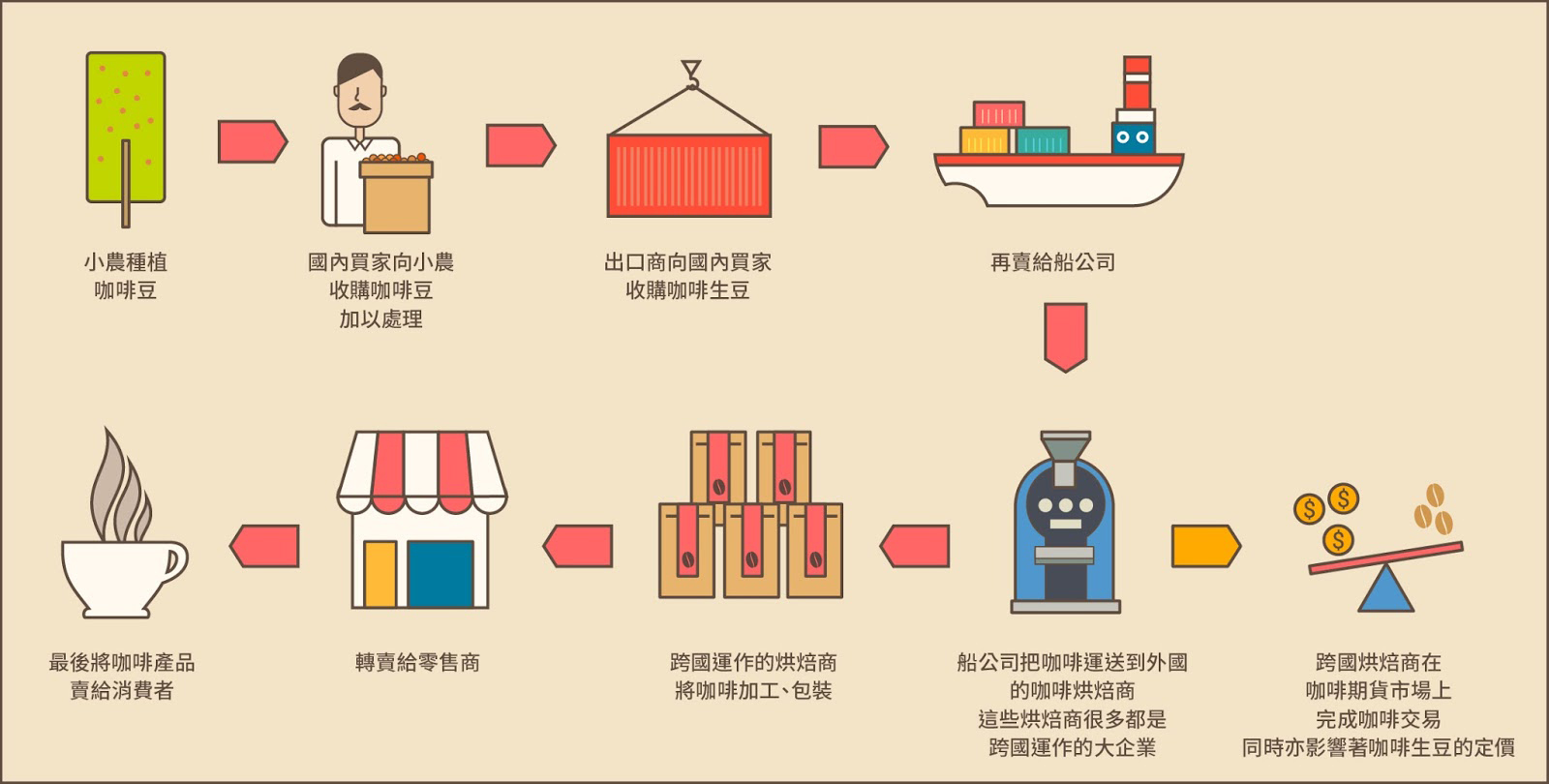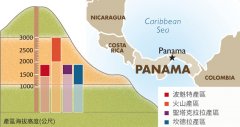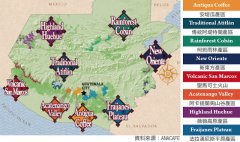You do not know the black gold game ─ sustainable coffee feature
"people who are full of Luoyi are not sericulturists."
Not long ago, a film was popular on the Internet. It was an interview program abroad. The host brought the market chocolate to Cote d'Ivoire, Africa, which is rich in cocoa beans. Local farmers have grown cocoa beans for generations to make a living, but they have never tasted chocolate. I haven't even heard of chocolate.
While sharing the chocolate bars, everyone marveled at the fact that they had finally made such a delicious food by planting cocoa. Some people jokingly said, "White people eat this chocolate, no wonder they are so healthy." some even said that they should leave the wrapping paper before they could show it to their children later. In fact, cocoa is like coffee, because the producing country is different from the consuming country, and when the control of crop value falls in the consuming country (the price of raw coffee beans is actually determined by the futures markets of London and New York), the uneven development and resource distribution of the two is self-evident.
(source: Youtube; Ivorian cocoa farmers' first chocolate experience)
"100, 55, 25, 1"
We all know that coffee is the second largest traded commodity in the world after oil. From the flourishing coffee culture in the world, we also realize that this is a growing and extremely hot industry, and the demand for coffee continues unabated. But did you know that before each coffee bean becomes the cup of mellow coffee in his hand, he may have changed hands as many as 150 times, which is a complex process beyond consumers' imagination, and the profit distribution involved is even more incredible. Let's use a chart to explain the general situation of coffee bean circulation:

Who made the most profit in this black gold game? To be sure, it is by no means the kind of farm worker who grows cocoa in C ô te d'Ivoire. In the past, one of the algorithms most often used as an example was as follows:
For a can of instant coffee priced at 100 yuan in the store, 55 yuan goes into the pockets of large food multinational enterprises, 25 yuan belongs to channels and retailers, import and export traders get 10 yuan, and the remaining 10 yuan is pushed back all the way. the actual profit allocated to farmers is less than 1 yuan.
As mentioned in the book "the Commercial revelation of a Cup of Coffee", wine is brewed by farmers in advanced countries and drunk in advanced countries. Because the place of production is the same as the place of consumption, and farmers are familiar with the method of tasting, they will also find ways to improve the quality of grapes. In contrast, coffee is produced in developing countries, and crops consumed in advanced countries rarely come into contact with the exquisite and exquisite coffee tasting culture. moreover, due to the general low living standards of farmers, not only do they know nothing about the global coffee market, but it is actually difficult to obtain market information, not to mention the latest technology for growing coffee. In the past, most farmers did not have the ability to sell coffee in cities, and in many cases, in order to support their families, they had no choice but to sell their coffee beans even if the buyer's offer was too low. this has also led to a situation in which the buyer led the pricing of coffee in the past.
Of course, due to the popularity of information and the prosperity of direct trade in recent years, the structure of profit distribution has gradually changed. Not only large multinational enterprises have been given more expectations in terms of corporate responsibility, but also more related sustainable farming projects continue to be carried out in the place of origin, and a more balanced and transparent new market mechanism is taking shape.
"Fine works and Sustainability"
The rise of the "third wave" of coffee, which we are familiar with, is indeed an important turning point in the history of coffee in the modern world. On the one hand, the market guided by standardization and economic scale began to change. "single coffee" with unique flavor of coffee beans has been paid more and more attention. When "what kind of coffee beans are used", "which estates are produced in which country", and "when to harvest and how to deal with them" become issues that consumers attach importance to, it means that the circulation process of coffee beans must move towards transparency, and the so-called "from beans to cup" refers to this.

The focus is not only on the pursuit of the unique and beautiful flavor of coffee, but on how to make this cup of coffee constantly reappear and be supplied steadily and continuously. As a result, more organizations and groups put in, advocating to improve the plight of the producing areas from the source, friendlier planting methods, more effective use of resources, better planting technology, more secure working environment, more medical and educational resources. All these are for a more benign and sustainable future of the industry. The common characteristics of such organizations are:
1. Based on the producing area, inject assistance rather than subsidy (trade not aid)
two。 Emphasize third-party monitoring and attach importance to the openness and transparency of the transaction.
3. Certification for product traceability
Important Notice :
前街咖啡 FrontStreet Coffee has moved to new addredd:
FrontStreet Coffee Address: 315,Donghua East Road,GuangZhou
Tel:020 38364473
- Prev

Taste the region │ Panama's four major producing areas and the road to boutique coffee
Professional barista communication please follow the coffee workshop (Wechat official account cafe_style) do you know? In Panama, there is a kind of coffee with special flower and fruit flavor. it not only attracts the focus of the world, but also creates an auction event of high-quality coffee at the auction of raw beans every year. Its name is Geisha. The History of Coffee in Panama in 1780, Europeans were the first to put the first Typica tree species
- Next

Taste the taste of the region Guatemala's eight regions and microclimate
Professional barista communication Please pay attention to coffee workshop (Weixin Official Accounts cafe_style ) Have you ever thought about how many stories are behind this beautiful cup of coffee in your hand? This article explores the microclimate characteristics that are inextricably linked to coffee. After the impact of the Kuroshio movement, people gradually began to have professional knowledge and technology related to the coffee industry. In addition to the large coffee-related exhibitions in various countries every year,
Related
- Does Rose Summer choose Blue, Green or Red? Detailed explanation of Rose Summer Coffee plots and Classification in Panamanian Jade Manor
- What is the difference between the origin, producing area, processing plant, cooperative and manor of coffee beans?
- How fine does the espresso powder fit? how to grind the espresso?
- Sca coffee roasting degree color card coffee roasting degree 8 roasting color values what do you mean?
- The practice of lattes: how to make lattes at home
- Introduction to Indonesian Fine Coffee beans-- Java Coffee producing area of Indonesian Arabica Coffee
- How much will the flavor of light and medium roasted rose summer be expressed? What baking level is rose summer suitable for?
- Introduction to the characteristics of washing, sun-drying or wet-planing coffee commonly used in Mantenin, Indonesia
- Price characteristics of Arabica Coffee Bean Starbucks introduction to Manning Coffee Bean Taste producing area Variety Manor
- What is the authentic Yega flavor? What are the flavor characteristics of the really excellent Yejasuffi coffee beans?

